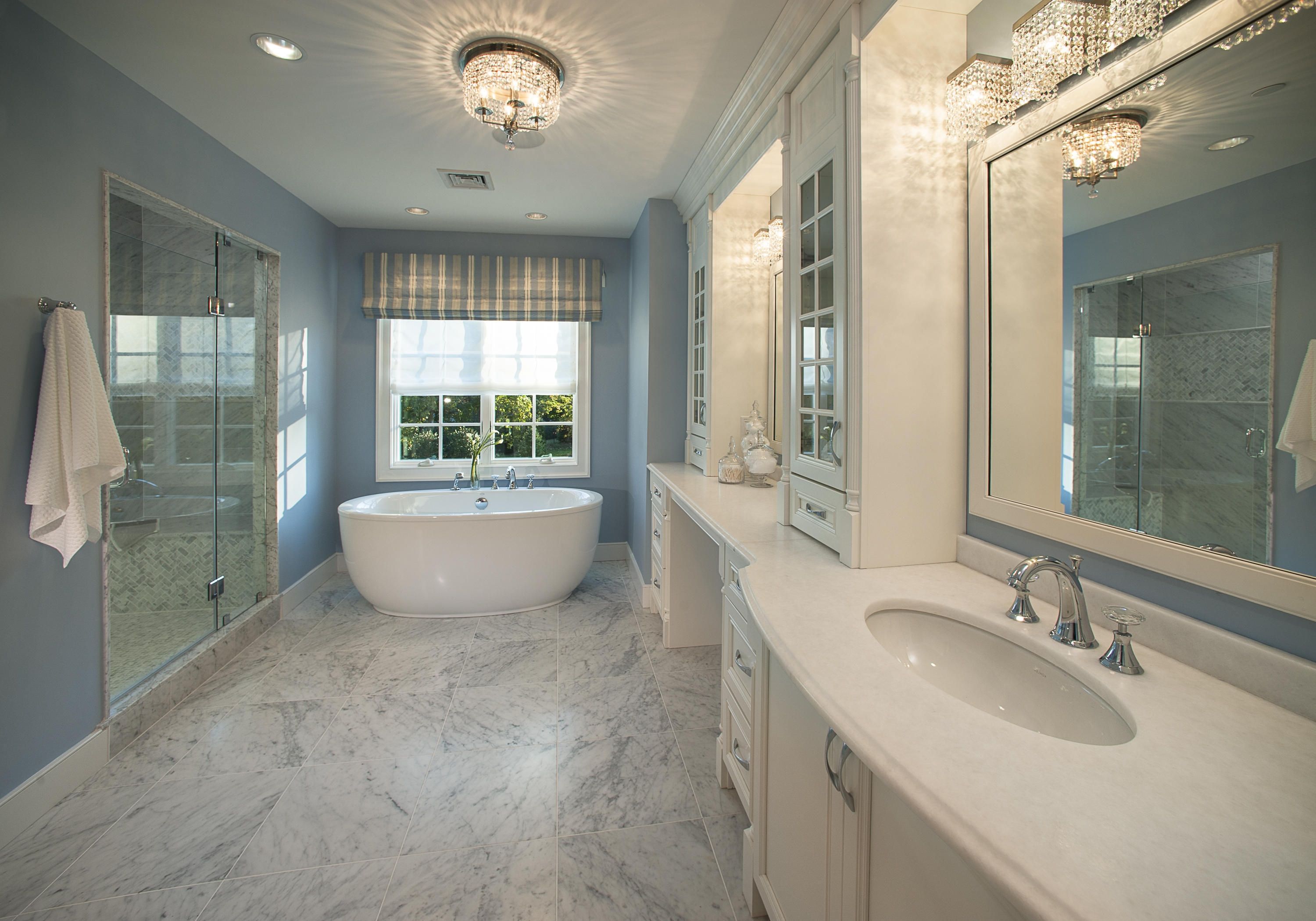Bringing Light to Life: The Art and Science of Effective Lighting
Lighting is a transformative element in any space, influencing not only visibility but also the ambiance and mood. From homes and offices to outdoor landscapes, the design and implementation of lighting play a crucial role in creating functional, aesthetically pleasing environments. In this comprehensive guide, we will explore the art and science of effective lighting, covering everything from the basics of lighting design to the latest trends and technologies.
The Importance of Lighting Design
Effective lighting design goes beyond the simple act of illuminating a space; it shapes the way we perceive and interact with our surroundings. Key considerations in lighting design include:
1. Functionality
Understanding the primary purpose of the space is essential. Different activities require varying levels and types of lighting. Whether it’s task lighting for work areas or ambient lighting for relaxation, the functionality of the space guides lighting decisions.
2. Aesthetics
Lighting has a profound impact on the visual appeal of a space. The color temperature, intensity, and direction of light influence the ambiance and mood. A well-designed lighting scheme enhances the aesthetics of a room or outdoor area.
3. Energy Efficiency
As sustainability becomes a priority, choosing energy-efficient lighting solutions is crucial. LED technology, for example, offers not only energy savings but also versatility in design.
Types of Lighting
- Ambient Lighting
Ambient lighting provides overall illumination, creating a comfortable and inviting atmosphere. It serves as the foundational layer of lighting in a space.
- Task Lighting
Task lighting is focused on specific areas where activities like reading, cooking, or working take place. It enhances visibility and reduces eye strain.
- Accent Lighting
Accent lighting highlights specific features or objects in a space, adding visual interest and creating focal points.
- Decorative Lighting
Decorative lighting fixtures not only serve a functional purpose but also contribute to the aesthetics of a space. Chandeliers, pendant lights, and sconces fall into this category.
Tailoring Light to Environments: Customizing Illumination for Every Space
1. Residential Spaces
In homes, lighting design is crucial for creating a warm and inviting atmosphere. Consider layering different types of lighting to accommodate various activities and moods.
2. Commercial Spaces
Effective lighting in commercial spaces impacts productivity and customer experience. Balancing ambient, task, and accent lighting is key to creating a functional and visually appealing environment.
3. Outdoor Spaces
Outdoor lighting enhances safety, security, and the aesthetics of outdoor areas. Path lights, spotlights, and string lights can transform a backyard or garden into an inviting space for relaxation and entertainment.
Lighting the Way Forward: Trends and Innovations in Modern Illumination
1. Smart Lighting Systems
Intelligent lighting systems that can be controlled remotely through smartphones or voice commands are gaining popularity. These systems offer customizable settings, color options, and energy-efficient features.
2. Human-Centric Lighting
This approach considers the impact of lighting on human well-being. Human-centric lighting mimics natural light patterns to support circadian rhythms and improve overall health and mood.
3. Sustainable Lighting Solutions
LED technology continues to advance, providing energy-efficient and long-lasting lighting solutions. Additionally, sustainable materials and designs are becoming more prevalent in the lighting industry.
Lighting Design Tips and Tricks
1. Layered Lighting
Combine ambient, task, and accent lighting to create a layered and dynamic lighting scheme. This allows for flexibility in adjusting the mood and functionality of a space.
2. Consider Color Temperature
The color temperature of light influences the mood of a space. Warm tones (around 2700K) create a cozy atmosphere, while cooler tones (5000K and above) are energizing and suitable for task lighting.
3. Pay Attention to Placement
Strategic placement of lighting fixtures is crucial. Consider the size and layout of the space, and avoid creating harsh shadows or glare. Use fixtures that complement the architecture and decor.
Conclusion
Effective lighting design is an art that combines technical knowledge with a keen understanding of the impact light has on our perceptions and experiences. Whether creating a warm and inviting home environment, enhancing productivity in a workspace, or transforming outdoor spaces into captivating retreats, lighting plays a pivotal role. By staying informed about the latest trends and technologies, understanding the basics of lighting design, and implementing thoughtful strategies, anyone can master the art of bringing light to life in diverse settings.




